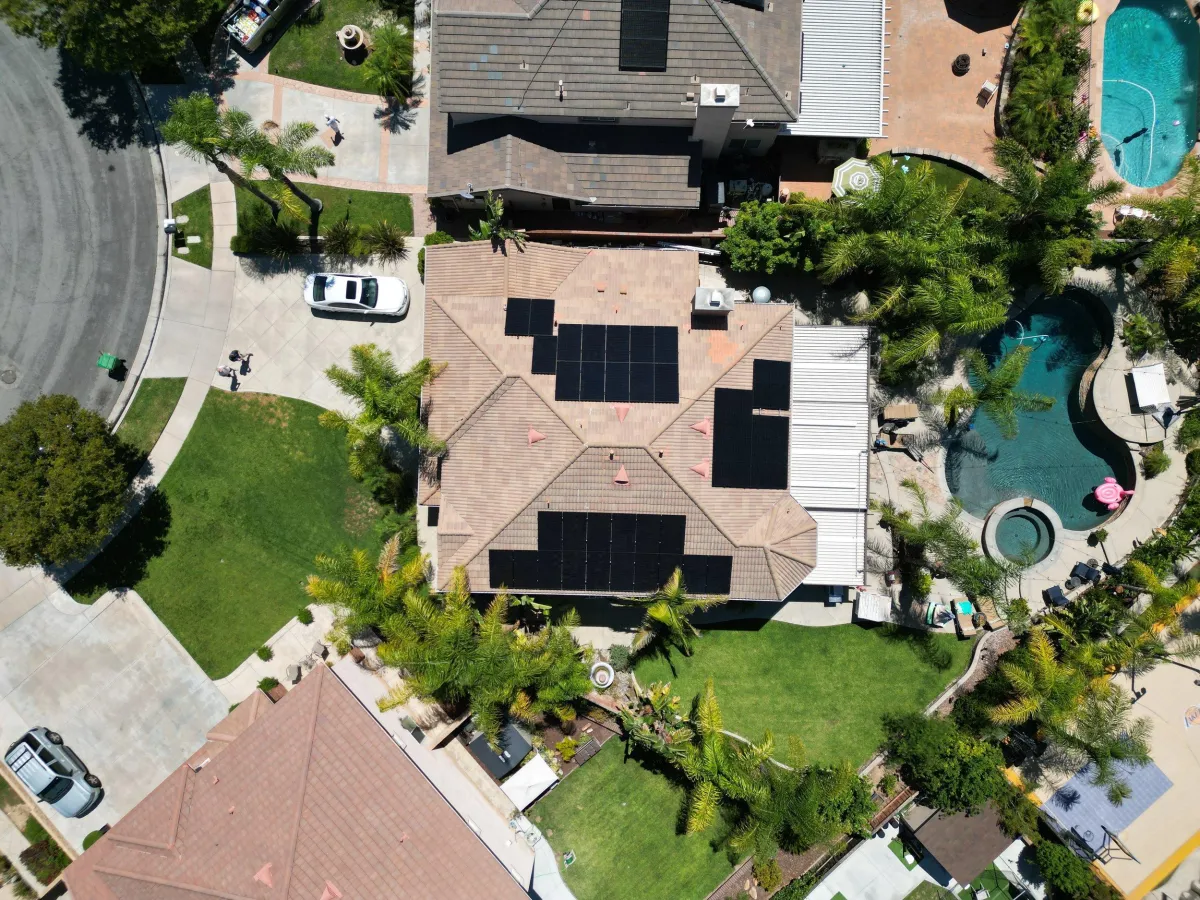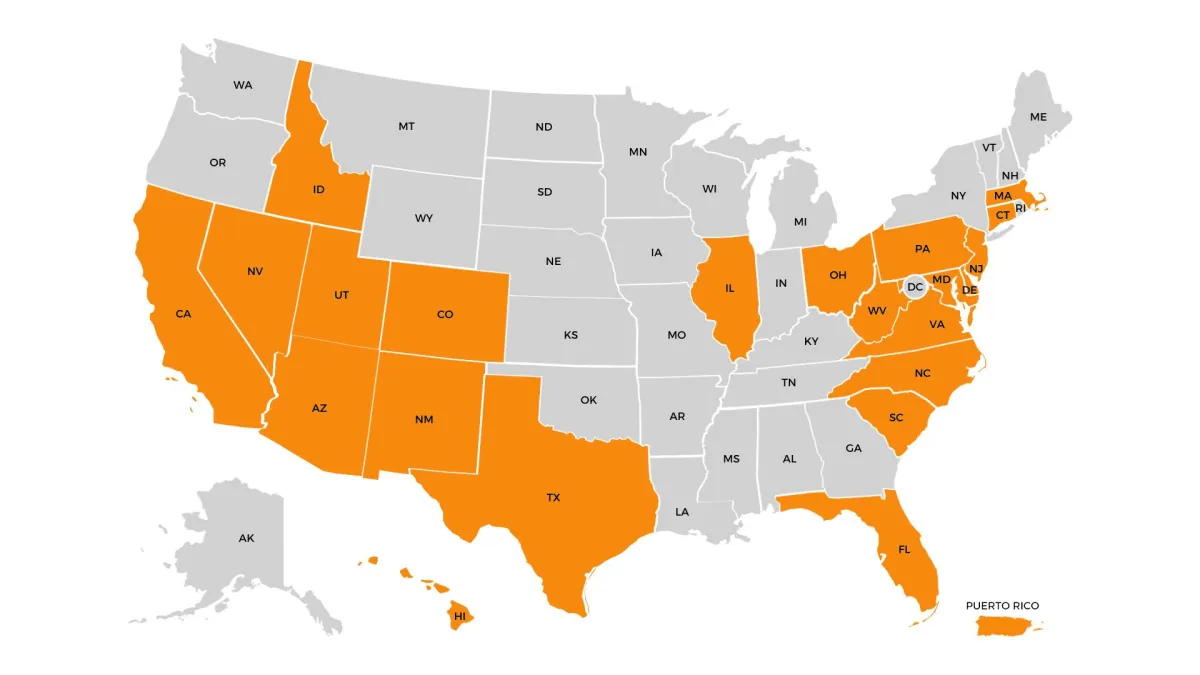TAKE YOUR POWER BACK!
Get a Quick Quote Today!
Join Our Ambassador Program and Earn $1,000 For Every Installed Referral!
Great For Nonprofits, Sports Teams, Schools, And Of Course Individuals!
SOLAR SOLUTIONS

OUR MAIN SOLAR PARTNER POWUR:
Financially Secure: Investor backed and Member owned
Experienced: Over 10,000 successful installations
Doing Well By Doing Good: Fully certified B-Corp
Validation: Inc. 5000 Fastest Growing Company in America
Impact Focused: Money from every installation goes to preserving millions of acres of the Amazon rainforest
Record Breaking: First solar company to offset 100% of the emissions from the solar manufacturing process
30 Year Warranty Including Roof Penetrations, Inverters, and Panels!

BY THE NUMBERS
220+
Pending Installs
422+
HAPPY
CUSTOMERS
23
STATES
COVERED
$200,000+
AMBASSADOR PAYOUT GOAL FOR '24
OUR COVERAGE MAP

IT'S A SIMPLE PROCESS...
Collect Your Energy Bill
Review a Custom Proposal
Select the Best Plan
Sign Contract
Get Started

AMBASSADORS
Make $1,000 Per Installed Solar Deal That Is Referred
Receive Your Own Websites To Advertise
Help Friends and Family Get Good Deals on Solar With The Industry Leading Warranty
Nonprofits May Join To Become an Ambassador To Receive $1,000 Donations!
CONTACT US
CALL/TEXT: 951.837.5830
E-MAIL: SPENCER@FRAZIERS.COM
